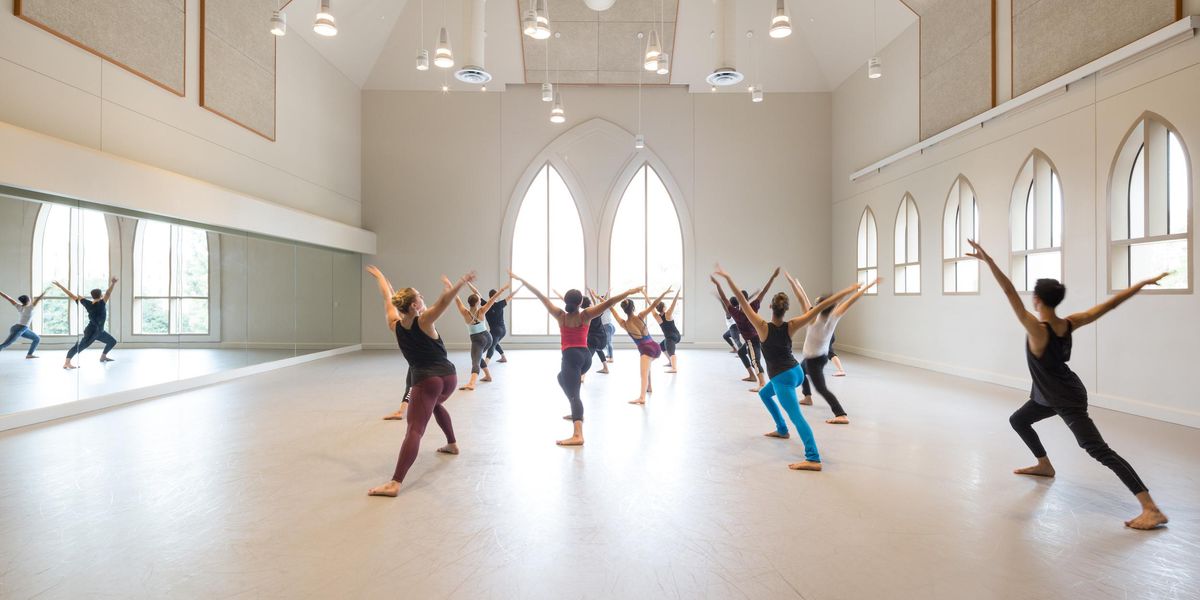World Ballet Day Recap
The Royal Ballet on World Ballet Day. Photo via worldballetday.com.
Yesterday was World Ballet Day. And unless you swore off social media for all of October 1, you don’t need this blog to serve as a reminder. #WorldBalletDay was everywhere. Even Snapchat dedicated a feed to “Ballerinas & Ballerinos.” (It’s still alive and kicking on the app. Grab your phone and take a look before it expires.)
I’m not going to pretend like I watched all 23 hours of coverage. But I did tune in regularly throughout my day (meaning I missed anything that happened during my wee morning hours: Australian Ballet, Bolshoi Ballet and most of The Royal Ballet.) But overall, I think I can say that the event’s second-annual livestream was more polished than last year. There were fewer gaps in play time, the picture quality improved and I loved that other companies got air time, even if that meant their portions were prerecorded.
This year, each segment began with an intro that “branded” the troupe to give you an idea of its voice. At first take, those voices didn’t always seem very different from one another. We saw a lot of Swan Lake. And plenty of Wayne McGregor. But in the end, these similarities actually helped me discover nuances within each company, and made the marathon of a day more interesting. Seeing Australian Ballet’s crisp and clean swans (I watched the footage after it aired), then the Bolshoi’s stoic ones, then David Dawson’s contemporary creatures at Scottish Ballet gave you time to look past the rep on paper and dive into each company’s technical and artistic refinements. (Another note: I’ve seen a few modern day, contemporary ballet takes on Swan Lake, and most of them don’t do that beautiful score justice. Dawson’s version looks promising, and I would love to see more of his work in the U.S.)
And I’ll never grow tired of watching dancers take class. You get to see their undecorated technique. And you also get a sense of the inner workings of a company. National Ballet of Canada dancers’ interactions felt very family-like. The Bolshoi felt more business. And then, there are the differences in how company leaders direct rehearsals. The Royal’s ballet masters and mistresses picked apart the tiniest details, after what seemed like every eight counts, demanding technical perfection. San Francisco Ballet’s Helgi Tomasson preferred to see whole sections of Giselle before giving notes, and many of his corrections dealt with moving through space. Granted, this all probably depends on where they were in their seasons and what they needed from rehearsals. But it still felt very telling—a hint of what you will see onstage later.
Some other highlights:
- MacMillan’s Romeo and Juliet will always win my heart. Thanks to The Royal, and the beautiful Lauren Cuthbertson, for giving us a tear-inducing performance of the balcony scene.
- Speaking of The Royal, there is a fantastically giant (and albeit, slightly creepy) photo of Nureyev hanging backstage, as if he’s looking over all the dancers.
- Is there a new language forming in contemporary ballet? Just listen to McGregor and Dawson’s “Whoompa, eee ooooom” sound effects and you’ll know what I’m talking about. The real question is: Whose came first?
- I love that Boston Ballet is doing Pas de Quatre this season. It’s so stunningly joyous—despite its battle of the ballerinas beginnings—and deceptively complex.
- Mark Morris is a hoot! The choreographer is notoriously secretive about making work. (I’ve heard that he papers up the windows of the studio when he’s creating.) But American Ballet Theatre was able to give us a peek.
- Sofiane Sylve: once a powerhouse, always a powerhouse. It was amazing to see her accomplish two run-throughs in the demanding role of Myrtha with different casts of SFB’s Giselle.
The full stream will be up on worldballetday.com soon. Until then, you can pore over this video, which includes the Australian Ballet, Bolshoi Ballet and most of The Royal’s segments.




